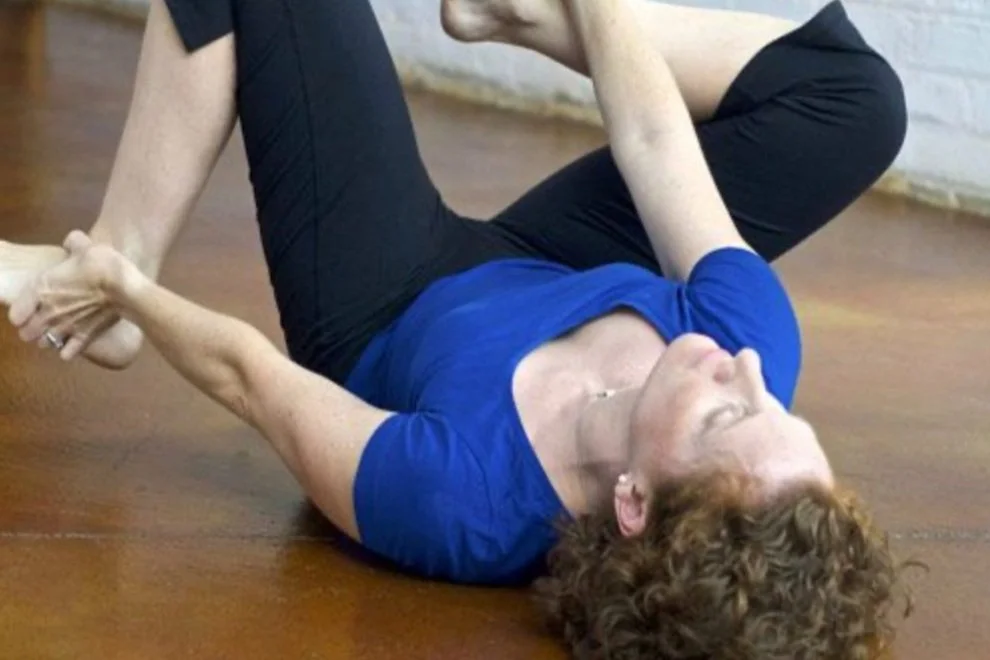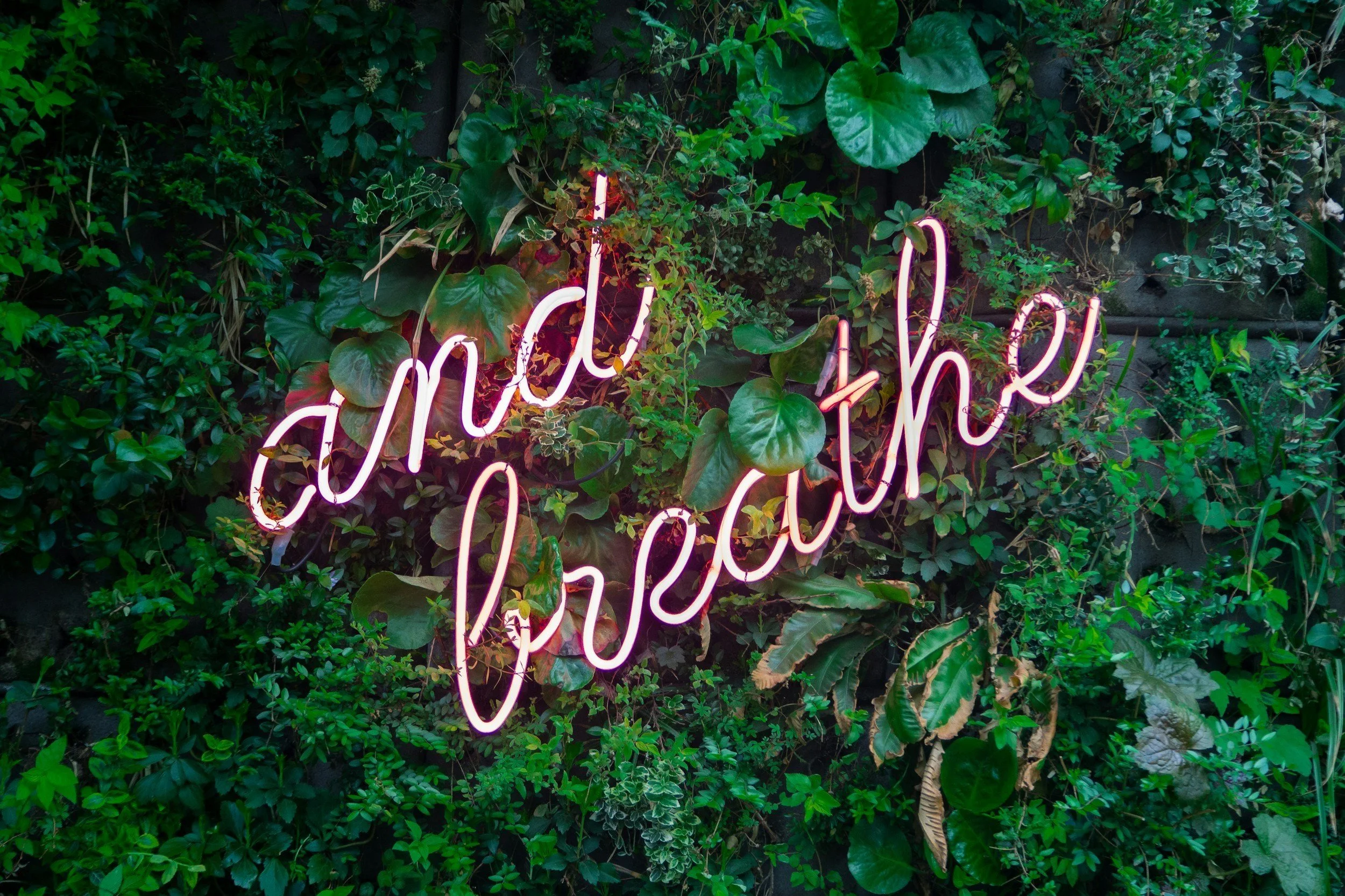Movement Boundaries — What Are They, and Why Are They Helpful?
I’ve been having the most interesting chats with a friend and client recently about boundaries—why they’re helpful, the kinds of boundaries we have with ourselves and others, and how we establish and maintain them. We talked about the different areas of life where they show up. For me personally, I’m currently working with boundaries around my financial organisation and better sleep.
In our conversation, I found myself describing why it’s also important to have boundaries around our movements—especially if we’re experiencing pain. So here’s my little attempt to write about what boundaries mean to me, what movement boundaries are, why they matter, and why a positive self-narrative around them is necessary.
Take a moment to think about the kind of boundaries we might give a child.
I’m not a parent, but I can imagine a few:
No fingers in plug sockets
Bedtime routines
Bath time
Limiting screen time and sugar consumption
So why do we give children these kinds of boundaries? It turns out it’s for the same reason we, as adults, benefit from setting boundaries for ourselves—to keep us safe and to support our overall well-being. We want our children to be well-rested and well-fed so they can get the most out of each day, stay calm, and be in the best possible state to learn and live with joy.
I’m currently in a very interesting process—with the help of said friend—of establishing healthy boundaries that don’t feel like a chore or punishment. Bed by 10 p.m, less sweet treats, a monthly spending budget.
For me, it’s easy to look at a boundary as some sort of punishment, and the self-talk often frames the boundary as taking something away (the extra bit of fun from staying up late, the pleasure of sweet foods, or the dopamine hit from shopping) rather than seeing what it gives in return—the fresh feeling from a good night’s sleep, the steadier energy from no sugar spikes, and the extra cash in my savings account for the deposit I’m saving for. This is the self-talk I’m working to shift. Boundaries show us that we are worth great things.
So, how does this concept relate to Feldenkrais or movement classes?
When it comes to movement and physical boundaries, I have two main examples of where they show up:
1. In class – taking pauses, using props, and not doing every variation
In a Feldenkrais lesson, we’re often given very unusual—and sometimes complex—movement puzzles. I’m constantly amazed by how Dr. Feldenkrais came up with some of these bodily arrangements… it can sometimes feel like a game of Twister!
If, like me, you have physical limitations, doing all the variations he suggests might not support your improvement. It’s a healthy movement boundary to not do everything, so don’t be afraid to skip something. I often say that my best students are the “worst” because they won’t always do as I say—and that’s a really great thing.
We’re all different, and different movement arrangements will be easier or more challenging depending on the person. Being aware of your own limits and responding to them is a sign that you’re developing healthy movement boundaries.
The most important reason for this is to keep us safe, comfortable, and in the best state for learning.
When to go, when to stop, when to modify...
Should you use a head pad? More padding? Less? Something behind or between the knees? Slower? Faster?
It’s a lot to organise, and I fully appreciate my students’ frustration at times when things get complicated. Remember—these boundaries are for your benefit. They help create the most supportive environment for learning. Not every part of the lesson will be appropriate for everyone, and sometimes it’s about finding the best possible approximation of the movement to engage with the idea of the puzzle, rather than executing the movement perfectly.
And that’s the point of the Method—to engage with the process. Actually performing the movement “perfectly” isn’t part of learning. Rather, it’s about finding the best approximation of the movement in your unique body, which allows you to learn something about solving the puzzle.
Another great reason not to be good at it.
2. Working with physical constraints to isolate areas of the body that don’t move enough
Some of my clients who experience pain have too much movement in one area and little or none in another. This can create huge pressure on the part that’s always moving and increase limitations on the part that isn’t.
For example, a lot of movement in the lumbar vertebrae and not enough in the hips: the lower back ends up doing the work that the hip joints could be doing. The result? Tight hips and a strained lower back.
One way to work with this movement pattern is to place a physical boundary—or, as we call it, a “constraint”—around the movement of the lower back, encouraging the hip joint to move independently. When we reintroduce lower back movement, the brain has been re-educated to include more hip movement, creating more equal responsibility for bending, squatting, etc.
In the same vein, overtraining can overstimulate certain areas while increasing limitations in underused ones.
Boundaries are:
SELF-CARE
LEARNING
GETTING TO KNOW YOURSELF
FEELING GOOD
BIG-PICTURE THINKING (NOT INSTANT GRATIFICATION)
KNOWING WHEN TO STOP
Boundaries Require:
SELF-WORTH
LEARNING
PATIENC
MODERATION
KINDNESS
How to Set Movement Boundaries
Practise and train your powers of interoception.
Meditation and Feldenkrais are great ways of getting to know your habits and movement patterns. Do you know which parts of yourself move a lot and which don’t? Just as we know when we’re hungry or thirsty, we can train our inner skills of self-awareness.Document or journal your learning from classes.
Writing things down helps to solidify what you’re noticing and developing.Have lots of props around you.
Cushions, head pads, rollers—learn what you need. Try different things and find out what works for you.Don’t do everything you’re told.
Listen to your teacher and yourself.Be patient with yourself.
Don’t expect to get it right straight away. Learning and improving isn’t a straight line. You’ll slip up and make mistakes—but small, steady improvements make all the difference.
As always, thank you for reading. I hope these thoughts offer some reassurance and support in your well-being.
Move well,
James


